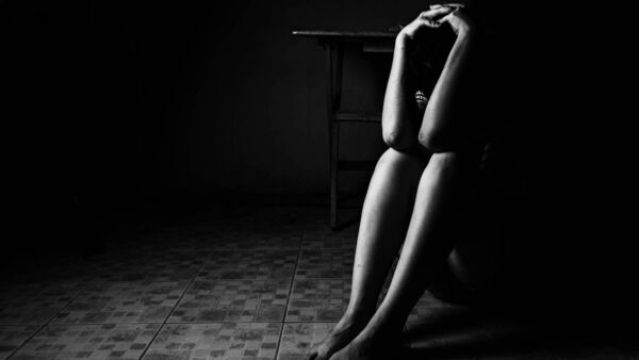Under-reporting of sexual crime is still a major issue with latest data from the Rape Crisis Network of Ireland showing it is most acute among younger victims and older women subject to domestic violence and coercive control.
In its rape crisis statistics for 2019, based on figures from seven centres around the country, the RCNI said 1,298 people took up counselling and support, the vast majority survivors of abuse. There were also 10,706 Helpline contacts and more than 12,000 appointments.
Based on those annual numbers, the RCNI said patterns of abuse emerged.
Those aged under 13 were more likely to include males and to have suffered sexual assault over a period of years, most typically at the hands of a male family member.
It was likely a decade or more before the abuse is disclosed and the rate of reports being made to Gardaí was just 30 per cent.
Younger victims were also the least likely to experience continuous contact with Gardaí throughout any subsequent case.
For those aged 13 to 17, the most likely form of abuse was rape, with the perpetrator more likely to be a slightly older male friend, acquaintance or neighbour. Disclosure was likely to follow within a year and the rate at which a report was likely to be made to Gardaí was 45 per cent.
Physical abuse
For those aged over 18 rape was also the most likely form of sexual violence, with a similar but slightly older perpetrator profile and a similar disclosure period.
The rate at which a report was made to Gardaí was 39 per cent, but the RCNI said this average was pulled down by increased risk of non-reporting by those enduring domestic abuse and coercive control. They were also overwhelmingly likely to experience emotional, psychological and physical abuse.
According to the report: “Vulnerability to sexual violence is greatest for both females and males when they are in childhood (47 per cent and 76 per cent respectively).
“Male vulnerability to sexual violence decreases significantly as he grows into adulthood (76 per cent in childhood to 14 per cent in adulthood).
“Female vulnerability to sexual violence decreases as she grows into adulthood, but not as dramatically as male vulnerability to abuse (47 per cent in childhood to 39 per cent in adulthood)."
The report also shows that 6 per cent of female survivors who were raped became pregnant as a result of the rape — 42 women and girls.







